European Commission proposes European Grids Package to improve connection infrastructure
The European Commission has proposed improvements to Europe’s energy infrastructure, aiming to accelerate the grid permitting process.


The European Commission has proposed improvements to Europe’s energy infrastructure, aiming to accelerate the grid permitting process.
The average price of several types of solar PV modules remained stable in Europe in November, according to sun.store.
German renewables developer Blue Elephant Energy has signed two long-term power purchase agreements (PPA) with the German railway network operator Deutsche Bahn for utility-scale solar power projects.
Many of the mechanisms used to manage the finances of the solar sector have not kept pace with the rate of capacity additions.
“As the market develops, there’s more sophisticated views of the market,” said Aldevinas Burokas at Solar Finance & Investment Europe 2025.
Investment in pan-European solar portfolios have become ‘narrow and deep’ rather than ‘broad and shallow’, according to speakers at SFIEU 2025.
Involving asset managers in the entire lifecycle of a solar project could be the most effective way to maximise the value of their assets.
Europe will see “moderate” electricity demand increase in the coming years, despite the global growth of data centres and AI.
Economic trends and the US election have changed the conditions for investment in the European solar sector, say SFIEU panellists.
The gap between the largest and smallest markets in the European renewable energy sector have narrowed in recent years.